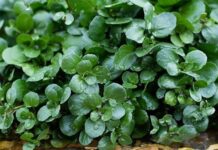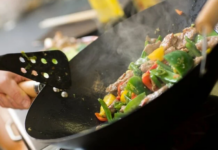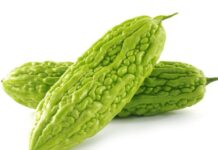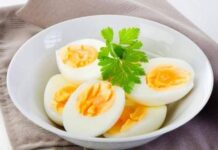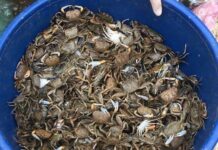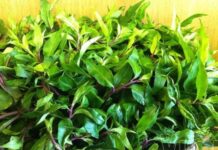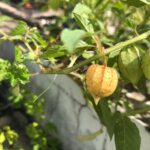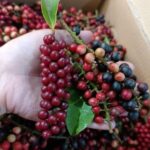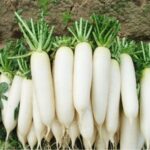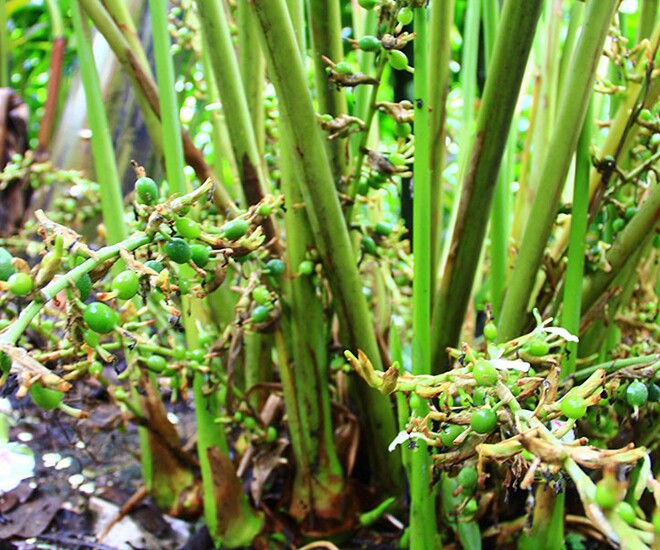
Not only is white cardamom highly valued, but it also stands as a promising export commodity for Vietnam. According to the Vietnam Pepper Association, by the end of September 2025, the country had exported over 3,283 tons of white cardamom and nutmeg to 31 markets. Among these, the Netherlands, Pakistan, and the United States emerged as the top three trading partners.
In 2024, Vietnam exported 3,402 tons of this spice, generating a revenue of $27.6 million. This highlights the surging global demand for this versatile seasoning.
Scientifically known as *Amomum cardamomum* L. and belonging to the Zingiberaceae family, white cardamom is also referred to as white cardamom seed, white cardamom pod, or multi-cardamom in Vietnam. Thriving in cool, humid climates, it is primarily cultivated in the northern mountainous provinces of Cao Bang, Lao Cai, Son La, and Tuyen Quang. This perennial plant grows to a height of 2-3 meters and yields consistent harvests for many years.
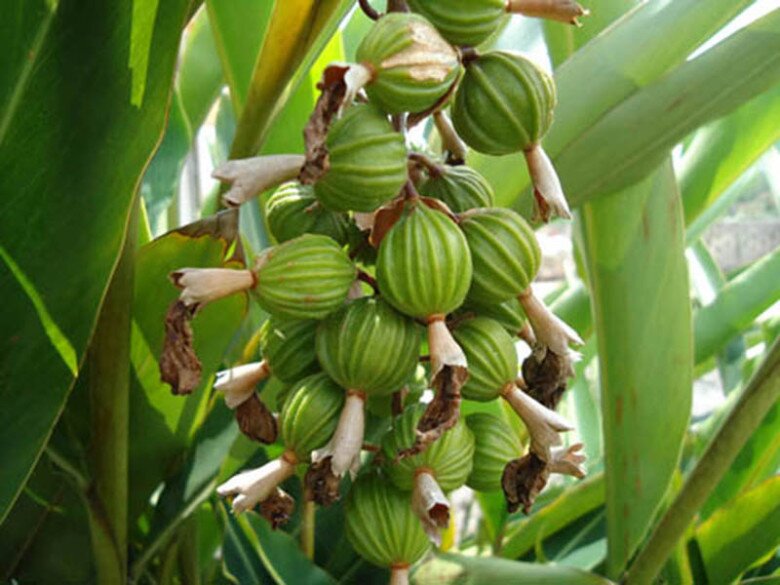
White cardamom is harvested just once a year, typically in the fall when the fruit turns from green to yellow. Only fruits from trees over three years old are picked, ensuring they are 70% ripe and free from pests. The harvesting process is entirely manual and requires precision, as even a minor mistake can bruise the fruit or damage its essential oils, which are crucial to its value.
After harvesting, the fruits are naturally dried, destemmed, and smoked with sulfur until their shells turn ivory white. The dried fruits can be stored for years, and the seeds inside are used. These seeds contain the highest concentration of essential oils, emitting a warm, spicy, and subtly sweet aroma that is truly distinctive.
Renowned for its unique flavor profile—a perfect blend of mild sweetness and warm spiciness—white cardamom is a favorite among chefs for adding depth to dishes. In savory cuisine, it is indispensable in pho broth, curries, stews, and grilled dishes. A pinch of white cardamom powder can transform beef, lamb, or chicken marinades, infusing them with an irresistible aroma and flavor.

Beyond savory dishes, white cardamom is the star of many desserts and beverages. In Europe and the Middle East, its powder is added to cookies, baked goods, ice cream, and hot milk tea for a luxurious, warming aroma. Indian masala tea and Arabic coffee also rely on this spice, with just a few seeds enough to enhance their fragrance and provide a soothing experience.
In traditional Eastern medicine, white cardamom is a treasured remedy. Ancient texts describe its ability to warm the stomach, regulate qi, eliminate phlegm, and stop nausea. It is commonly used to treat bloating, loss of appetite, nausea, and poor digestion. Nearly ripe fruits are harvested and dried to create this valuable medicinal ingredient.
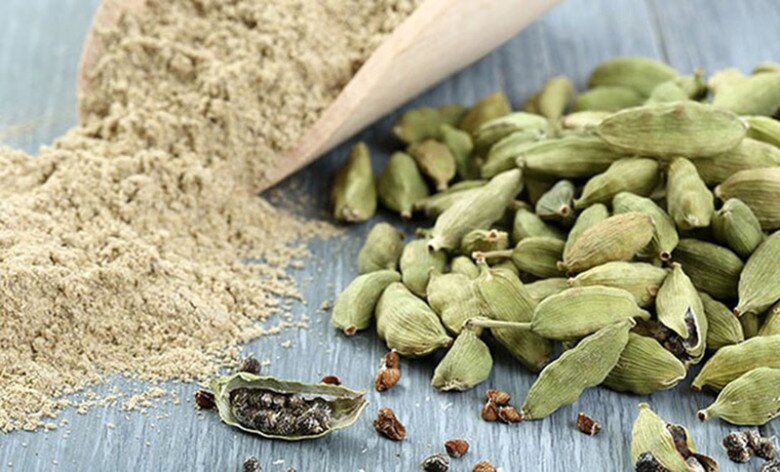
Once a wild plant in deep forests, white cardamom has become a stable source of income for many households in northern Vietnam’s mountainous regions. With prices reaching up to 1.2 million VND per kilogram, a single hectare can yield hundreds of millions of VND annually. As demand for natural spices and medicinal herbs continues to rise, this crop presents a promising export opportunity for Vietnamese agriculture.
Wild Berries Once a Common Childhood Snack in Vietnam Now Fetch Up to $30/kg as a Sought-After “Superfruit” Abroad
In South America, the birthplace of Physalis peruviana (Cape Gooseberry), this fruit is cultivated with meticulous care, using organic standards and selective breeding. The result is a vibrant, golden-orange fruit, plump and bursting with a sweet, delicate flavor that hints at notes of strawberry, apple, and grape. Renowned as a specialty, it is exported to Europe, Japan, and the United States, captivating palates worldwide.


